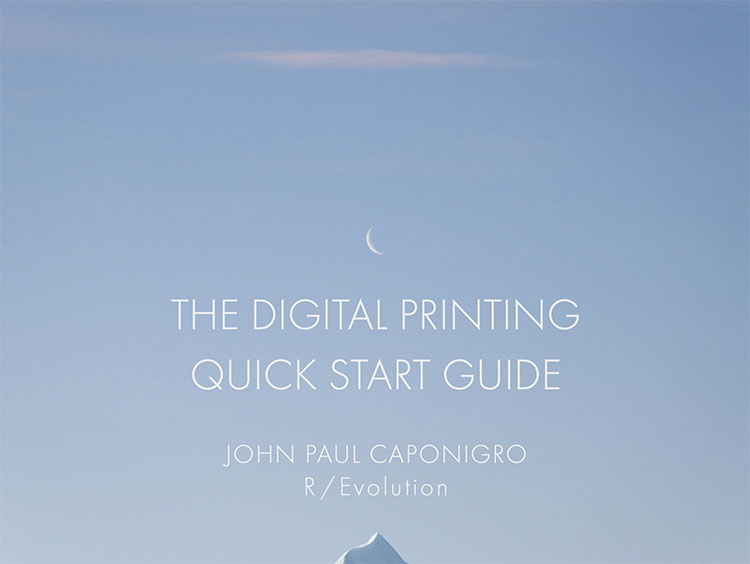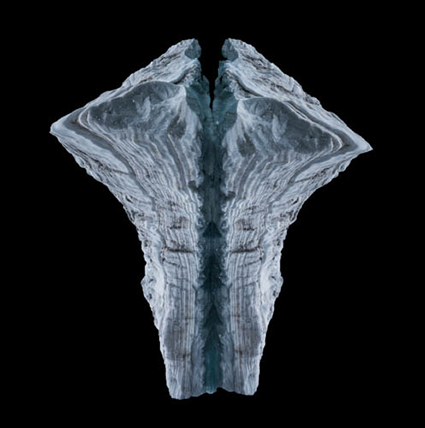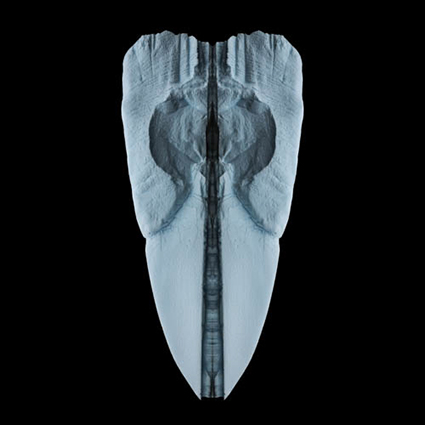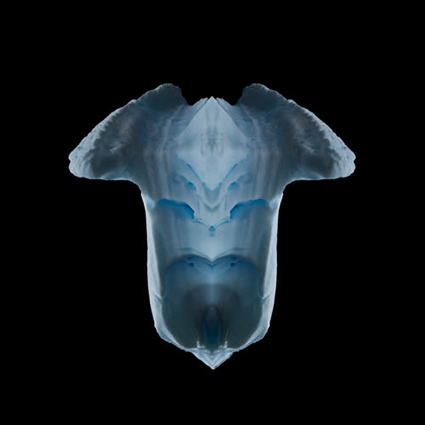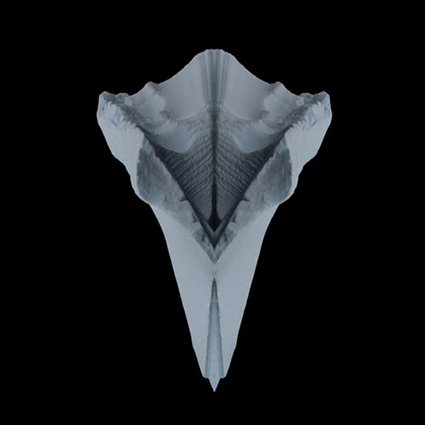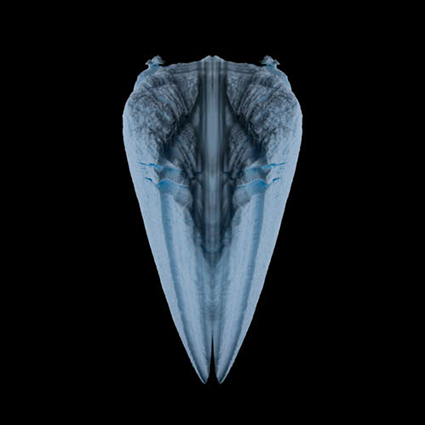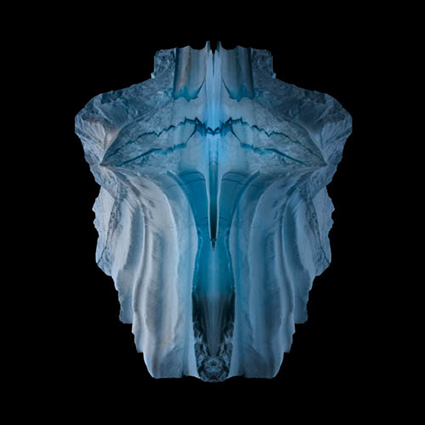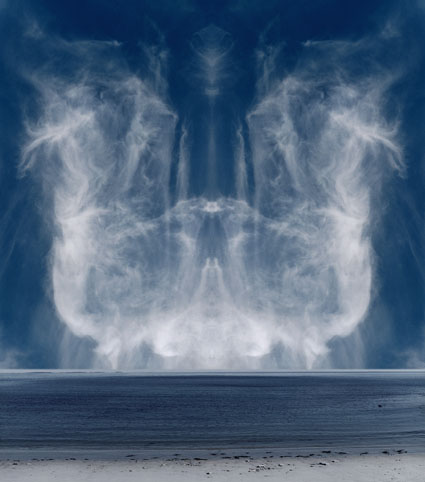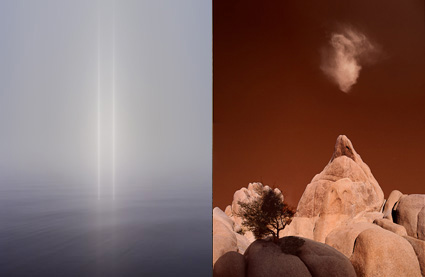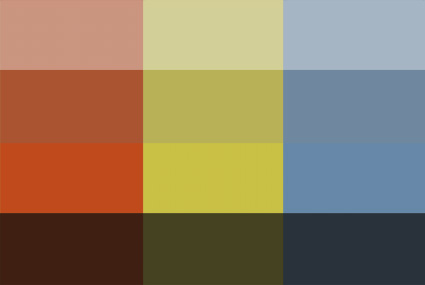How To Use Association To Go Deeper With Your Photographs
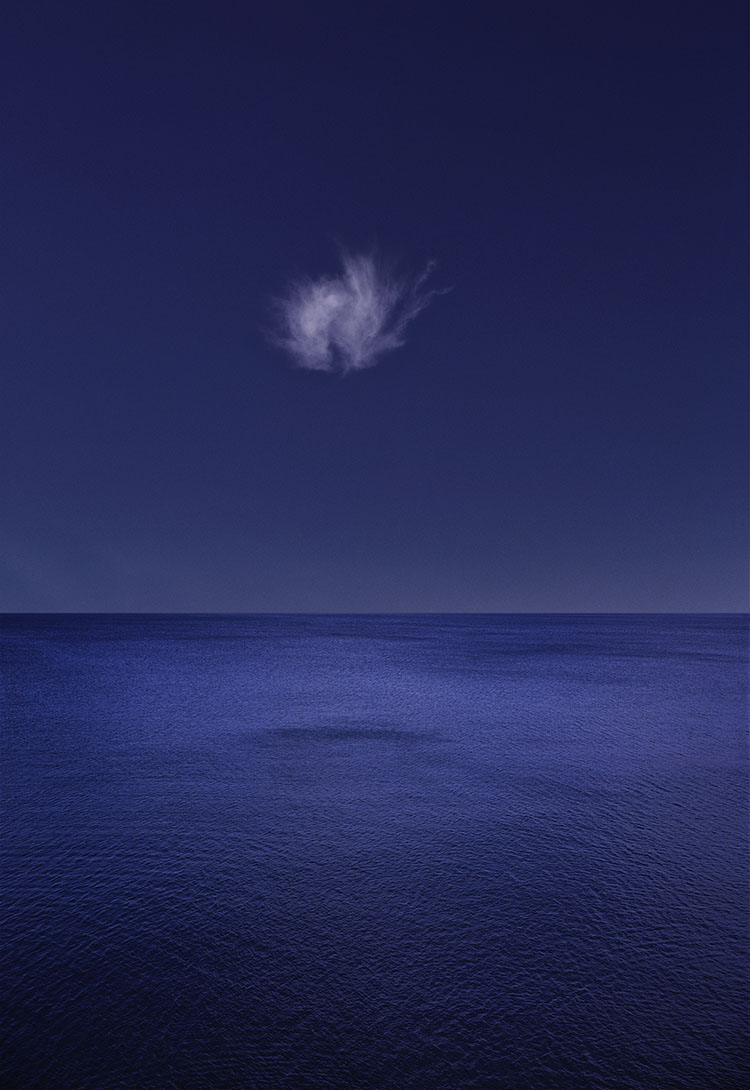
My early curiosity about clouds displaying invisible forces at work, lead to associations of nephomancy (divination by clouds) and later clouds as divine messengers.

The working title for this series, Glory (later changed to Illumination) was drawn from religious iconography in western art history.
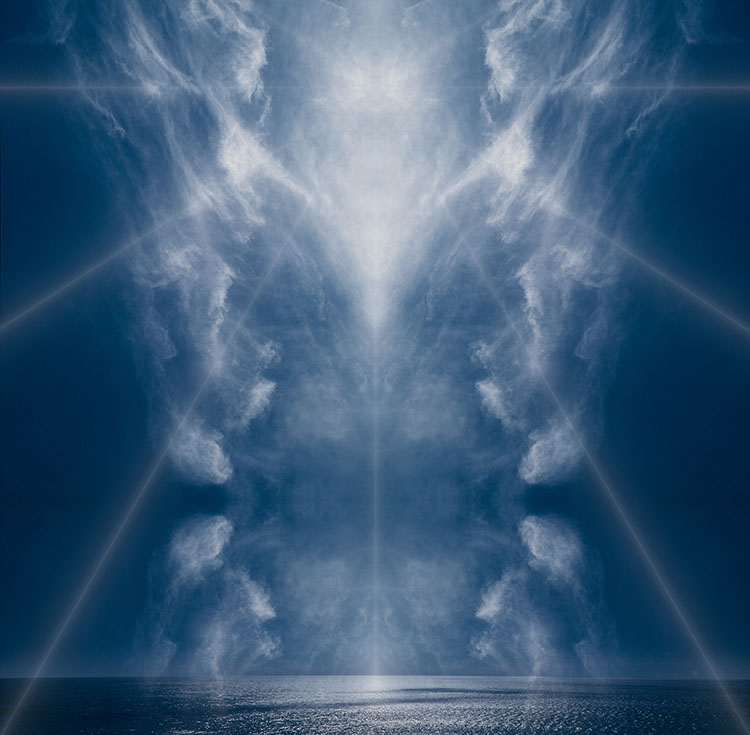
The working title for this series was Heaven's Breath but it was later released as Exhalation, leaving room for viewers' interpretations. The many personal associations I bring to my imagery remain subliminal but strongly felt giving them consistency and depth.
Our work is as deep as the relationships we have with it. Mastery involves much more than researching subjects and perfecting craft, it also means doing some soul searching. So how can you deepen your relationships with your work? How can you understand the inner life of your work better? One way is to associate freely.
Free association is a classic psychological technique that can be used to reveal and clarify internal relationships. While most association is done linguistically, you can use anything as a touchstone for association; sounds, gestures, tastes, smells, images, etc. Use one or more at the same time. Whatever you choose to associate with, record your associations with something that doesn’t get in the way of the free flow of your association process. If you use words, use the language that comes most easily to you. If you use something else (colors, sounds, images) make sure that collecting them can be done fast, fluidly, and flexibly. Do record your associations. If you don’t record them, you’ll forget most of them and the patterns they make will elude you.
Simply observe what comes to mind. Don’t critique or censor yourself during the process; nothing shuts down this process faster. Let it all out. Be thoroughly spontaneous and utterly candid with yourself. You may or may not choose to do this with others. It’s your choice. Try different approaches and see how each influences the experience and results.
There are several ways to guide association.


